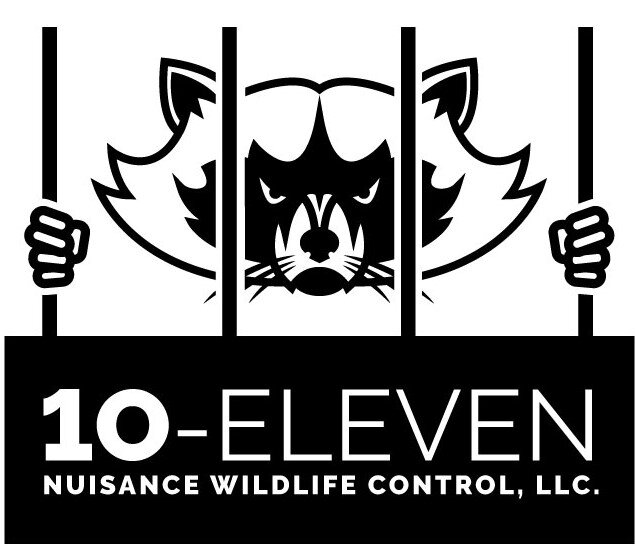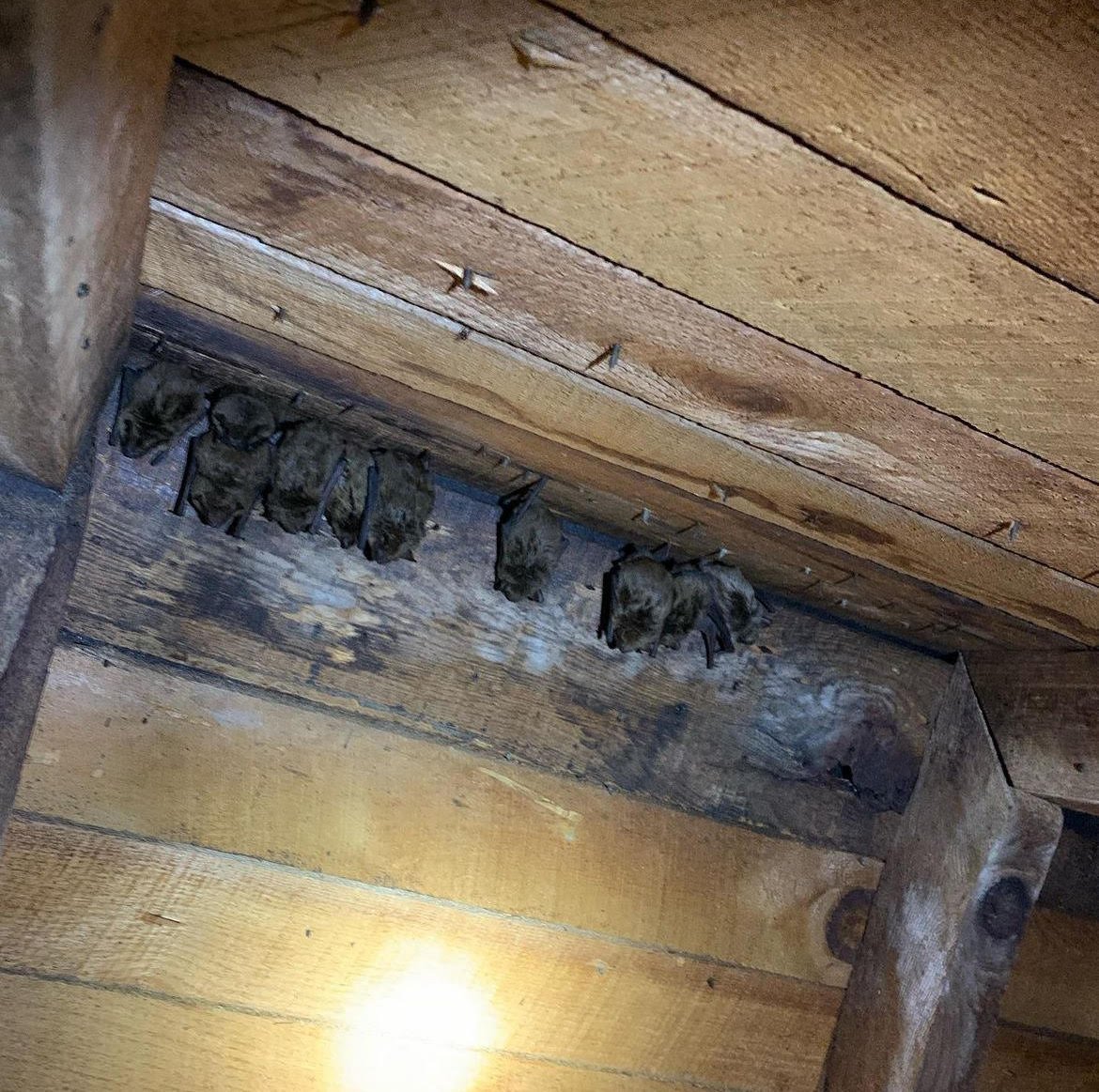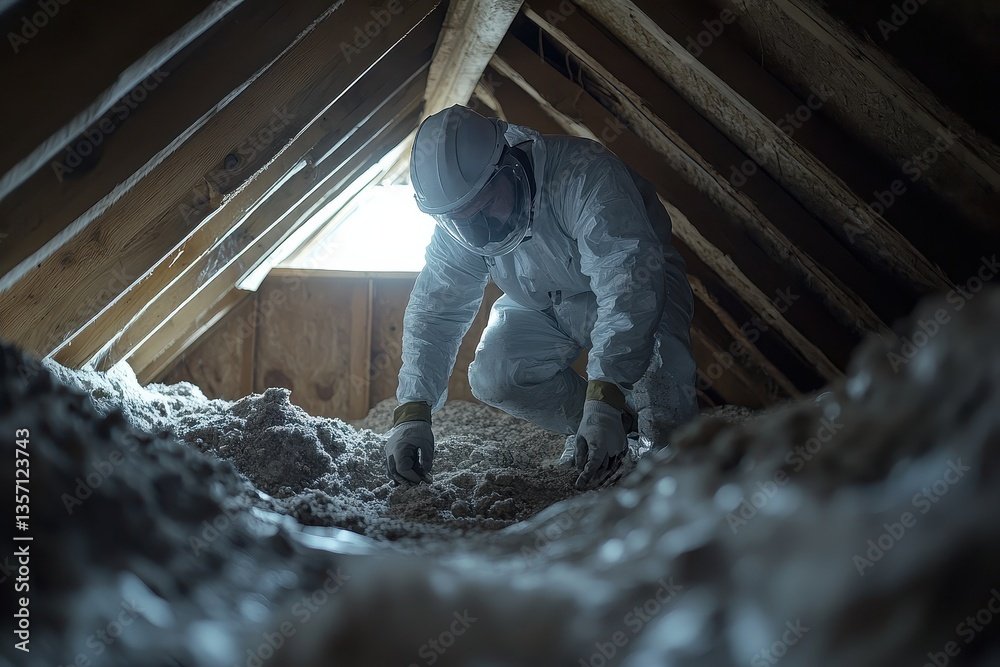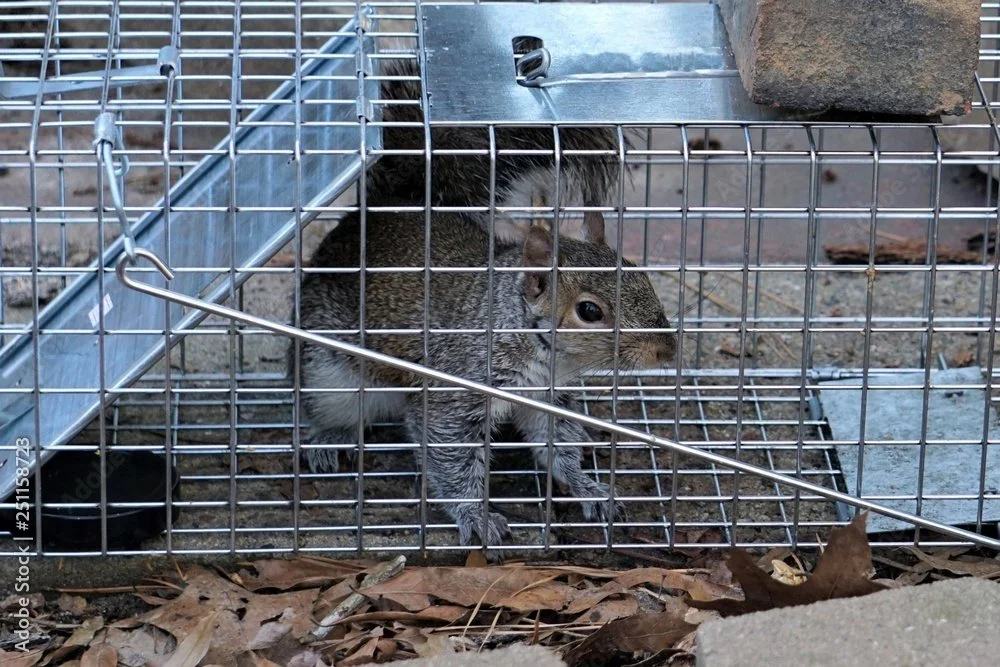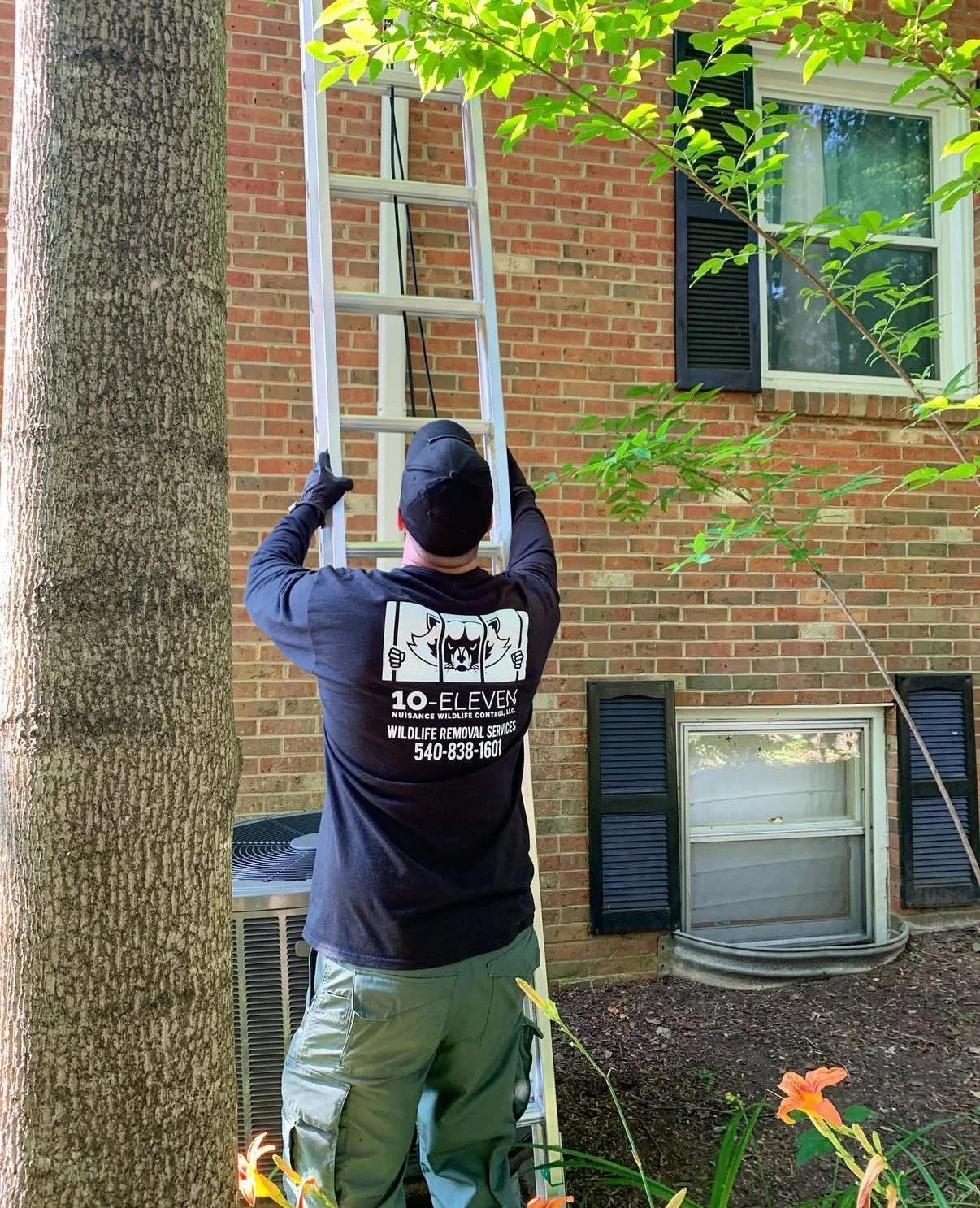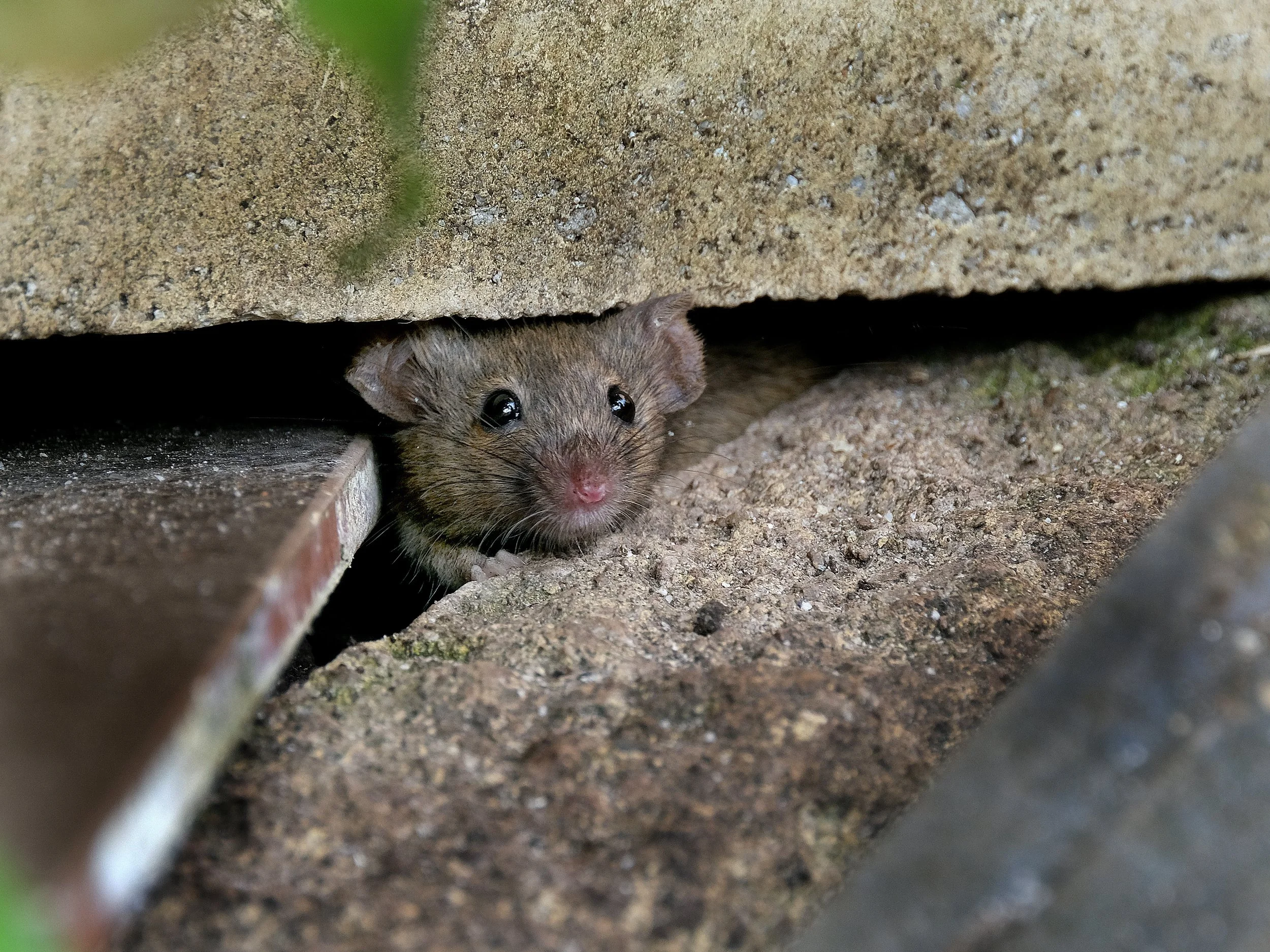
BATS
About Bats
Bats are flying mammals. There are over 1,400 species of bats, making them one of the most diverse groups of mammals.
Bats are found on every continent except Antarctica. They typically roost in large colonies in caves, trees, or man-made structures - like your attic. Their behavior varies widely; some species are nocturnal, feeding primarily on insects, while others may be frugivorous (fruit-eating) or nectarivorous (nectar-eating).
The majority of bats feed on insects, making them valuable for pest control. A single bat can consume thousands of insects in one night. Other bats, like the fruit bat or flying fox, mostly eat fruits and flowers, playing a crucial role in pollination and seed dispersal.
Why are Bats a Nuisance Animal?
Bats can pose several problems when they inhabit a home.
One primary concern is the potential health risks associated with bat droppings, known as guano. Guano can harbor harmful fungi that may lead to respiratory issues if inhaled, particularly a condition called histoplasmosis.
Bats can cause structural damage. They often enter homes through small openings and can create nests in attics, walls, or other spaces. Their presence can lead to insulation damage, staining, and unpleasant odors, which can be challenging and costly to remediate.
Bats are also known carriers of rabies, posing a risk of transmission to humans and pets through bites or scratches. Though the risk is relatively low, any contact with bats should be taken seriously, necessitating appropriate precautions.
A large bat colony can significantly increase noise levels and create disturbances within a home environment. Their echolocation calls and movements can be disruptive, particularly at night, when bats are most active.
Addressing a bat issue promptly and effectively is vital for maintaining a safe and comfortable living space.
How can 10-Eleven Nuisance Wildlife Control solve my Bat problem?
We handle bats through a systematic approach that prioritizes safety and humane treatment. The process generally involves the following steps:
Inspection: Our technicians will conduct a thorough inspection of the property to identify potential entry points, roosting locations, and signs of bat activity. This may include looking in attics, eaves, and other sheltered areas.
Risk Assessment: We assess the risk that bats may pose to you and your property. This includes evaluating potential health hazards related to bat droppings and assessing structural concerns.
Exclusion: Once the inspection is complete, we implement exclusion techniques. This involves sealing off entry points to prevent bats from re-entering while ensuring that all bats inside the building have a way to exit safely, often using one-way exclusion devices.
Cleanup: After bats have been excluded, the removal and cleanup of bat droppings and guano are conducted. This step is crucial for preventing histoplasmosis, a respiratory disease linked to bat droppings.
Prevention: Finally, we can provide recommendations for preventing future infestations. This may include maintaining the integrity of the building's exterior, removing attractants, and ensuring that other potential entry points are secured.
Throughout this process, we adhere to local and federal regulations regarding bat protection, as many species are protected under law. Humane handling and safety for both the bats and humans involved remain a top priority.
Got Bats?
Contact 10-Eleven Nuisance Wildlife today!
